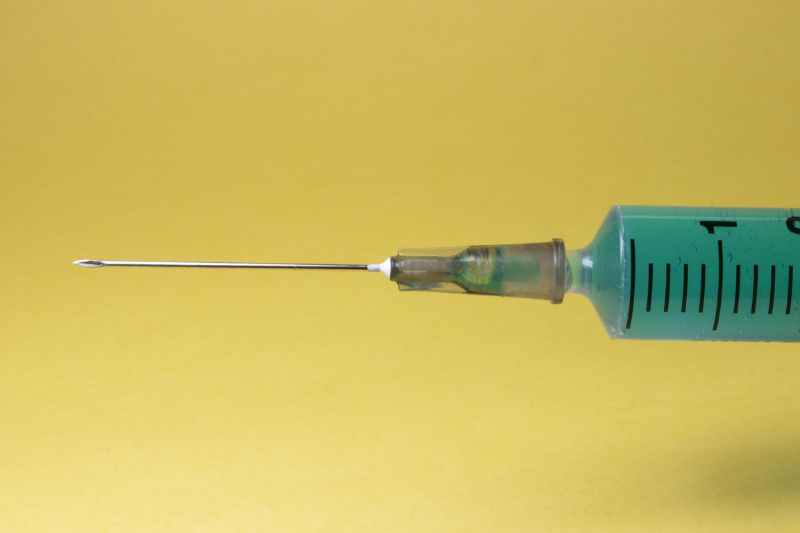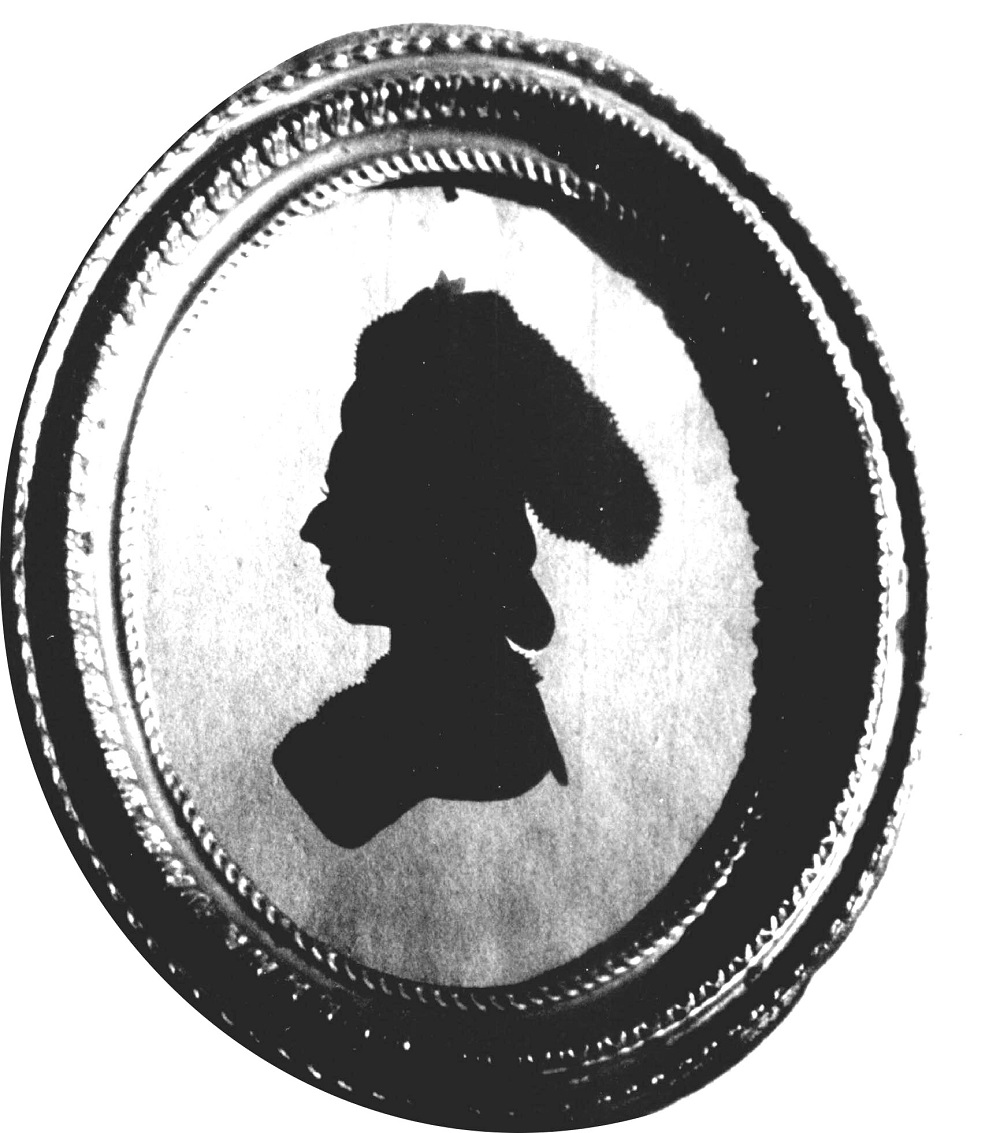
Everyone is talking about the new COVID-19 vaccines. Vaccine it is a strange word, obviously medical as most strange words tend to be. For many people the word has an 18th century connotation, this is due to an enormously important scientific discovery on par with the creation of the new COVID-19 vaccines.
In the 18th century Europe smallpox killed around 400,000 a year and many of those that survived were heavily scarred or went blind. In the early 18th century, thanks to the aristocrat travel writer Lady Mary Wortley Montague, the technique of inoculation was introduced to England. First seen by her in Istanbul in 1717, inoculation involved placing a small amount of smallpox under a person’s skin causing their body to create antibodies that will protect them from the full disease. Today’s scientists ask for volunteers to test vaccines however, in 1721 the Royal Society instead watched it being given to prisoners of Newgate in return for the King’s favour. All prisoners survived and proved immune to smallpox. Less than a year later the inoculation was tried on two royal princesses with success, but due to its cost inoculation did not become widespread until the 1760s. The fatality rate with inoculation was 10 times lower than naturally occurring smallpox but as we shall see the fear of it remained.
In 1796 Dr Edward Jenner began work on a cure for smallpox. Jenner had noticed that dairymaids who had contracted cowpox did not get symptoms of smallpox, even when they were introduced to the disease. Jenner began experimenting by using the puss from cowpox blisters to trigger a response in healthy human bodies to protect against the lethal disease, smallpox. Jenner’s process of “vaccination” quickly became widespread. Those readers with an understanding of Latin may spot the connection between cowpox and the word vaccination, it comes from the Latin for cow “vacca”.
Horsham Museum and Art Gallery is fortunate to have the remarkable diaries of a very bright young woman Sarah Hurst, for 1759-1763 which provide a first-hand account the impact of smallpox on 18th century society that has distinct parallels with current events:

Wednesday 29th October: Papa comes home from the Fair very ill.
Thursday 30th October. My father quite ill all night, good Heaven, sure he has not taken the Smallpox when last in London.
Friday 31 October. My father extremely ill. Mama & I are frighten to Death almost. Oh Providence how unsearchable are they dispensations & who shall murmur at thy decrees, but Oh Almighty Father, supreme governor of the Universe, preserve the Life of this dear Parent.
Saturday 1 November. Doctor Smith thinks my father’s disorder is the Smallpox. Mama in dreadful agonies; it is too much for me to bear my own sorrows, how little capable then of comforting her. He sends for Mr Powell & gives orders for the making his Will, oh what a Heart rending stroke is this.
Sunday 2 November. Pass a most melancholy day in attendance on my poor father, various consultations about moving him, he desires to go to Mrs Wicker’s. She reluctantly consents, fearing the neighbours will be displeas’d.
Tuesday 4 November. We are in great perplexity because we cannot have the Nurse my father depended upon, she was to come from Doctor Smith’s House but the patients will not part with her.
Wednesday, 5 November. I ride over to the inoculating House, & beseech them to part with their Nurse, they reluctantly consent. I ride home quiet rejoic’d & send my Horse back for her. Write again to my Uncle Bob, the Doctor assures us my father is like to do well.
Sunday 9 November. My two Uncles arriv’d late last night, the Doctor George thinks there is no danger in my father, so they set off again this morning. Go down Mrs Wicker’s garden & enquire how my father does. Doctor Smith calls to me & says he is tolerably well.
Monday 10 November. The Doctor pronounces my father out of danger, I thank thee Allmighty for this blessing.
Sunday 16 November. Go & see my father through the windows, he is a most shocking figure, sure the Smallpox is the most dreadful distemper that ever Human nature was afflicted with.
Monday 17 November. Mrs Wicker throws herself into hysterick fits for fear any of her neighbours shou’d take the Smallpox of my father, sure it wou’d be time enough to give herself so much uneasiness when such an event has happen’d but, as tho’ present evils were not sufficient, we are generally fond of anticipating future ones.
Tuesday 24 November. Ride over to Home Bush to see my father. We have a vast deal of conversation, he is quiet hearty. His having the Smallpox will I hope be a future advantage to him.
Tuesday 2 December. My father comes down Town & into the shop, a great many people welcomed him home.
This account graphically shows how people viewed smallpox, from the fear of death expressed by Sarah, her mother and uncles, to the hysteria of their neighbour. Equally, it reveals the limited medical support available to the people of Horsham at the time: two doctors, Smith and George Hurst the apothecary, and a nurse who worked at the inoculation house.
Further parallels between smallpox and COVID can be found in recent work done by researchers at the University of Cambridge. A major study based on burial records called “The geography of smallpox in England before vaccination” by the Cambridge Group for the History of Population and Social Structure showed that:
“Smallpox apparently circulated as a childhood disease in northern England and Sweden, even where population densities were low and settlement patterns dispersed. However, smallpox was a relatively rare epidemic disease in southern England outside the largest cities… We concluded that transmission was controlled in southern England by local practices of avoidance and mass inoculation that arose in the seventeenth and eighteenth centuries. Avoidance measures included isolation of victims in pest houses and private homes, as well as cancellation of markets and other public gatherings, and pre-dated the widespread use of inoculation.”
Pest House in Horsham
One of the practices mentioned is a pest house. Horsham had one such cottage, mentioned in local records in 1725. Located on the Common it was reached by Pest House Lane which, in 1830, became New Street. Later, in the 19th century and early 20th century, the vaccination hospital moved to Broadbridge Heath. Smallpox was finally eradicated 40 years ago after a major concerted effort. Future historians will use diaries, personal accounts, and death or burial records of unfortunate deaths to understand how we coped with COVID and to ascertain if vaccination was as successful as it is hoped.

Published: 24 Nov 2020
